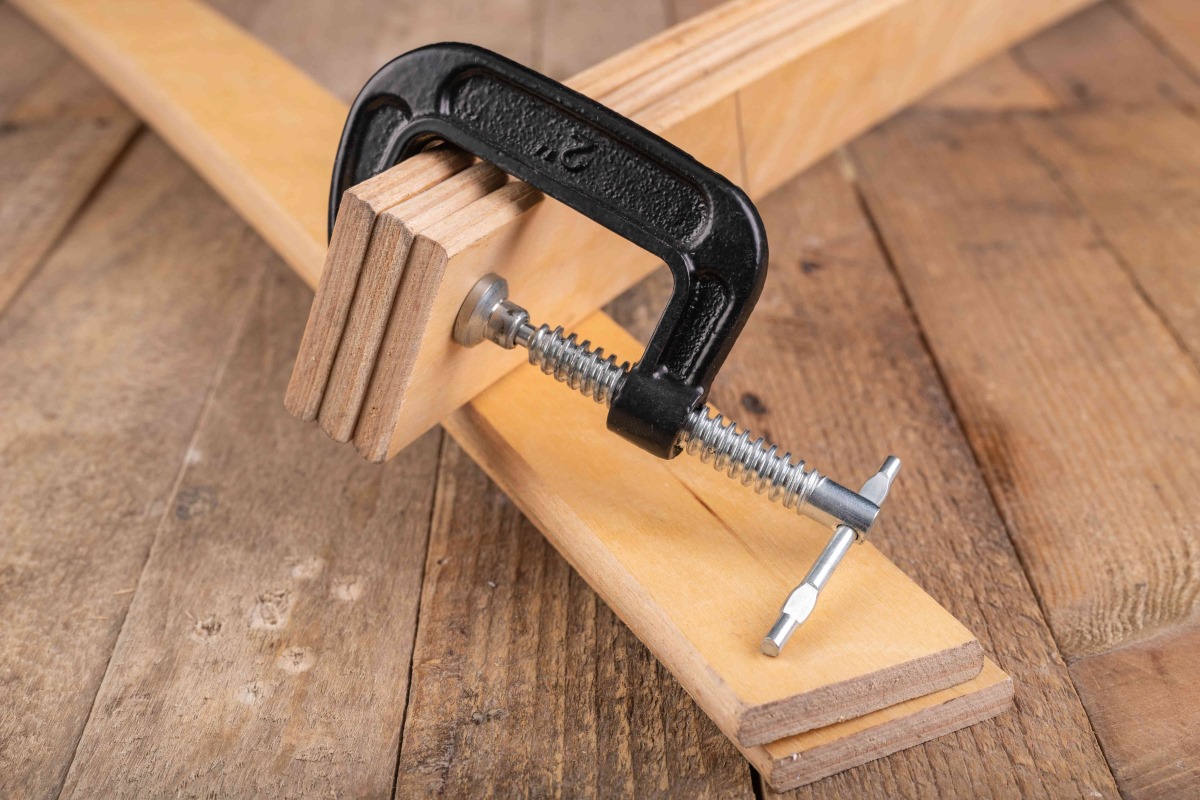

Articles
What Kind Of Clamps Do I Need For Woodworking
Modified: January 9, 2024
Get expert advice on the best clamps for woodworking articles. Discover the right kind of clamps you need for your woodworking projects.
(Many of the links in this article redirect to a specific reviewed product. Your purchase of these products through affiliate links helps to generate commission for Storables.com, at no extra cost. Learn more)
Introduction
Woodworking is a craft that requires precision, skill, and the right tools. While hammers, saws, and drills are essential, there is one tool that often goes unnoticed but plays a crucial role in woodworking projects – clamps. A clamp is a device used to hold pieces of wood together firmly and securely, ensuring that the joints are tight and the glue or screws have time to set properly.
Clamps are indispensable in woodworking because they provide the necessary pressure and support to make sure the pieces of wood stay in place as the adhesive dries or when you are working on intricate cuts. They help to prevent pieces from shifting, warping, or separating during the building process, resulting in stronger and more durable woodwork. Without the right clamps, even the most skilled woodworker can struggle to achieve precise and professional-looking results.
In this article, we will explore the various types of clamps used in woodworking and discuss the factors to consider when choosing the right clamps for your projects. Whether you are a beginner woodworker or an experienced craftsman, understanding the different types of clamps and their applications will enable you to select the most suitable clamping tools to enhance the quality and efficiency of your work.
Key Takeaways:
- Clamps are essential for woodworking, providing precise pressure, stability, and alignment for strong and visually appealing joints. Consider factors like strength, size, and clamping mechanism to choose the right clamps for your projects.
- When selecting clamps for woodworking, prioritize quality, durability, and suitability for specific projects. Balance price with value, and invest in a diverse collection of clamps to ensure secure, efficient, and professional results in your woodworking endeavors.
Read more: What Tools Do I Need For Woodworking
Importance of Clamps in Woodworking
Clamps are an indispensable tool in woodworking for several reasons. They play a crucial role in ensuring the accuracy, strength, and stability of the final piece. Here are some key reasons why clamps are important in woodworking:
- Alignment and Joint Stability: When working with wood, it’s essential to create strong and seamless joints. Clamps hold the pieces together tightly, ensuring proper alignment during the gluing or fastening process. This prevents any gaps or misalignment, resulting in a sturdy and visually appealing joint.
- Preventing Wood Movement: Wood is a natural material that can expand, contract, or warp due to changes in temperature and humidity. Clamps exert pressure on the wood, holding it in place and preventing movement during the drying or curing process. This ensures that the wood maintains its intended shape and the joints remain secure.
- Enhancing Glue Bonding: Clamps are essential when using wood glue. They apply even pressure along the glued joint, allowing the adhesive to spread evenly and create a strong bond between the pieces of wood. Without clamping, the glue may not bond properly, leading to weak joints and potential project failure.
- Achieving Precise Cuts: In woodworking, accurate and clean cuts are paramount. Clamps hold the wood securely in place, allowing you to make precise cuts without worrying about the piece moving or shifting during the process. This ensures that your cuts are smooth and exact, resulting in a professional finish.
- Assisting in Assembly: Whether you are constructing furniture, cabinets, or any other woodworking project, clamps assist in holding pieces together during assembly. They provide stability, allowing you to align and fasten components accurately. This makes the construction process efficient and minimizes the risk of errors.
Overall, clamps are vital in woodworking as they help to improve the quality, durability, and precision of your projects. They are a worthwhile investment that can enhance the strength of joints, prevent wood movement, and ensure the successful completion of your woodworking endeavors.
Types of Clamps for Woodworking
There are several types of clamps available for woodworking, each designed for specific applications and offering unique features. Understanding the different types of clamps will help you choose the right ones for your woodworking projects. Here are some common types of clamps used in woodworking:
- Bar Clamps: Bar clamps are versatile and commonly used for a wide range of woodworking tasks. They consist of a long bar or beam and a sliding jaw that can be adjusted along the length of the bar. Bar clamps provide strong and reliable clamping pressure and are ideal for gluing, assembly, and holding large pieces together.
- Pipe Clamps: Pipe clamps utilize standard threaded pipe lengths along with clamping jaws. They are known for their affordability and are highly adjustable, making them suitable for a variety of woodworking applications. Pipe clamps are commonly used for edge gluing and panel assembly.
- C-Clamps: C-clamps are named for their C-shaped design. They consist of a fixed jaw and a threaded screw that is adjusted to tighten the clamp. C-clamps are versatile and come in various sizes, making them suitable for a wide range of woodworking tasks.
- Spring Clamps: Spring clamps, also known as hand clamps, are lightweight and easy to use. They use a spring mechanism to provide clamping pressure and are commonly used for holding small parts or temporarily securing pieces during assembly.
- Band Clamps: Band clamps are ideal for clamping irregularly shaped objects or securing round workpieces, such as chair legs or cylinders. They consist of a flexible band or strap that wraps around the workpiece and is tightened using a ratcheting mechanism.
- Parallel Clamps: Parallel clamps, or cabinet clamps, are designed for heavy-duty applications and provide consistent pressure along the entire length of the clamp. They have large jaws that can handle large panels and are commonly used in cabinetmaking and furniture construction.
- F-Clamps: F-clamps, or bar clamps, feature a shape resembling the letter “F” with a sliding jaw and a fixed jaw. They are lightweight, easy to use, and versatile, making them suitable for a wide range of woodworking tasks.
These are just a few examples of clamps used in woodworking, and there are many other specialized clamps available to suit specific needs. When selecting clamps, consider factors such as the type of project, the size of the workpiece, and the required clamping pressure. Investing in a variety of clamps will give you a versatile clamping solution for different woodworking scenarios.
Bar Clamps
Bar clamps are one of the most commonly used types of clamps in woodworking. They consist of a long bar or beam and a sliding jaw that can be adjusted along the length of the bar. Bar clamps are known for their versatility and provide strong and reliable clamping pressure.
One of the main advantages of bar clamps is their wide opening capacity. They can span a significant distance to accommodate large workpieces or multiple pieces at once. This makes them ideal for gluing, assembly, and holding large pieces together during the woodworking process.
When working with bar clamps, it’s important to ensure the bar is straight and free from defects or imperfections. This ensures that the clamping pressure is evenly distributed along the length of the bar, resulting in a secure and stable hold.
Bar clamps come in various sizes and lengths to suit different woodworking needs. They are often available in lengths ranging from 12 inches to 48 inches or even longer. The longer the bar, the greater the clamping capacity.
Some bar clamps feature a screw mechanism that can be tightened using a handle or a crank, while others use a trigger mechanism for quick and easy clamping. The sliding jaw can be adjusted smoothly along the bar to accommodate different workpiece sizes.
Bar clamps are suitable for a wide range of woodworking tasks, including edge gluing, panel assembly, and securing large pieces during sanding or finishing. They provide consistent and reliable clamping pressure, ensuring that the glued joints are secure and tight.
When using bar clamps, it’s important to consider the pressure exerted on the workpiece. Too much pressure can result in damage to the wood surface, while too little pressure may not create a strong bond. Finding the right balance will help achieve optimal results.
Overall, bar clamps are a versatile and essential tool in woodworking. They provide the necessary clamping pressure to hold pieces together securely during the woodworking process. Whether you are a beginner woodworker or an experienced craftsman, having a set of reliable bar clamps in your workshop will greatly enhance the quality and efficiency of your woodworking projects.
Pipe Clamps
Pipe clamps are a popular type of clamp used in woodworking. They utilize standard threaded pipe lengths along with clamping jaws to provide a reliable and adjustable clamping solution. Pipe clamps are known for their affordability and versatility, making them suitable for a variety of woodworking applications.
One of the main advantages of pipe clamps is their adjustability. The threaded pipe allows for easy length adjustment, accommodating different workpiece sizes. This makes them ideal for edge gluing and panel assembly, where even pressure along the joints is crucial.
When using pipe clamps, it’s important to choose the appropriate length of pipe to suit the size of your project. Longer lengths can span larger workpieces or multiple pieces at once, while shorter lengths are suitable for smaller projects. It’s also essential to ensure that the pipes are clean and straight, without any dents or bends, to ensure a secure and even clamping pressure.
A key feature of pipe clamps is their affordability compared to other types of clamps. The threaded pipes are readily available and can be purchased in various lengths and diameters, allowing you to build a customized clamp system to fit your specific needs without breaking the bank.
Pipe clamps typically have a fixed jaw attached to one end of the pipe and a sliding jaw that can be adjusted along the length of the pipe to secure the workpiece. The sliding jaw is tightened using a handle or a crank, providing the necessary clamping pressure to hold the wood pieces together.
Another advantage of pipe clamps is their versatility in clamping irregularly shaped objects or securing round workpieces, such as chair legs or cylinders. The adjustable nature of the pipe and the wide clamping capacity make it easy to secure various shapes and sizes of workpieces.
Although pipe clamps may not offer the same level of refined precision as some other types of clamps, they are a reliable and cost-effective solution suitable for a wide range of woodworking projects. Whether you are a beginner or an experienced woodworker, having a set of pipe clamps in your workshop will provide you with a versatile clamping option to enhance the quality and efficiency of your woodworking endeavors.
Read more: What Hand Tools Do I Need For Woodworking
C-Clamps
C-clamps, also known as G-clamps, are a versatile and commonly used type of clamp in woodworking. They get their name from their distinctive C-shaped design. C-clamps consist of a fixed jaw and a threaded screw that is adjusted to tighten the clamp and hold the workpiece securely.
One of the main advantages of C-clamps is their simplicity and ease of use. They are lightweight and portable, making them an excellent choice for both small-scale projects and on-the-go woodworking tasks. C-clamps are available in various sizes, allowing you to choose the right clamp for your specific application.
C-clamps are suitable for a wide range of woodworking tasks, including holding pieces together during assembly, securing jigs and fixtures, and providing additional support when gluing or fastening. They are commonly used in woodworking shops, carpentry, and even in DIY home improvement projects.
When using C-clamps, it’s important to ensure the workpiece is securely held between the fixed jaw and the threaded screw. The screw can be tightened or loosened using a handle or a wingnut, allowing for precise adjustment and application of clamping pressure.
C-clamps come in various sizes, ranging from small clamps with a 1-inch jaw opening to large clamps with a jaw opening of several inches or more. The size of the clamp will depend on the size of the project and the amount of clamping force required.
One consideration when using C-clamps is that the fixed jaw may have a limited depth, which can affect the clamping capacity for certain woodworking applications. It’s important to choose a C-clamp with a jaw depth that accommodates the thickness of your workpiece.
C-clamps are a cost-effective option for woodworking enthusiasts and professionals alike. Their versatility, ease of use, and wide availability make them an essential tool in any woodworking arsenal. Whether you are woodworking as a hobby or tackling larger projects, having a set of C-clamps on hand will provide you with a reliable clamping solution to ensure the success of your woodworking endeavors.
Spring Clamps
Spring clamps, also known as hand clamps, are lightweight and easy-to-use clamps that are commonly used in woodworking. They get their name from the spring mechanism that provides clamping pressure when the handles are squeezed together. Spring clamps are versatile and offer a convenient solution for holding small parts or temporarily securing pieces during woodworking projects.
One of the main advantages of spring clamps is their simplicity and quick operation. Unlike other clamps that require screwing or tightening, spring clamps can be easily opened and closed with just one hand. This makes them ideal for tasks that require frequent adjustments or temporary holding.
Spring clamps have a wide jaw opening capacity, allowing them to accommodate various workpiece sizes. They are often used for tasks such as holding pieces together during gluing or securing small parts in place during assembly or finishing.
Due to their lightweight and compact design, spring clamps are highly portable and can be easily carried in a tool belt or apron pocket. They are a popular choice among carpenters, woodworkers, and DIY enthusiasts who need a clamp that can be readily available for quick and temporary clamping needs.
When using spring clamps, it’s important to consider the clamping pressure. While they offer a convenient solution for light to medium clamping applications, spring clamps may not provide the same level of clamping force as other types of clamps. Therefore, they are best suited for tasks where a moderate amount of pressure is required.
Spring clamps are available in various sizes, with jaw openings ranging from a few inches to around 10 inches or more. The size you choose will depend on the specific woodworking task and the size of the workpiece you need to clamp.
Overall, spring clamps are a handy tool in woodworking, offering convenience and ease of use. They are particularly useful for holding small parts, providing temporary holding during assembly, or securing lightweight materials. Whether you are a professional woodworker or a DIY enthusiast, having a few spring clamps in your toolbox will prove to be a valuable addition to your woodworking arsenal.
Band Clamps
Band clamps are a versatile type of clamp commonly used in woodworking projects. They consist of a flexible band or strap that wraps around the workpiece and is tightened using a ratcheting mechanism or a buckle. Band clamps are specifically designed for clamping irregularly shaped objects or securing round workpieces.
One of the main advantages of band clamps is their ability to provide even pressure along the entire workpiece. The flexible band conforms to the shape of the object, ensuring a secure hold without damaging the surface. This makes band clamps ideal for clamping curved or irregularly shaped pieces, such as chair legs, frames, or round tabletops.
Band clamps come in various lengths to accommodate different sizes of workpieces. The length of the band determines the maximum diameter it can wrap around. Some band clamps feature a ratcheting mechanism that allows for precise tightening and adjusting of the band tension, while others use a buckle or a cam-lock system for quick and secure clamping.
When using band clamps, it is important to position the band evenly around the workpiece to ensure balanced pressure distribution. This will help prevent any distortion or misalignment during the gluing or clamping process.
Band clamps are especially useful when gluing together multiple pieces to form a larger woodworking project, such as cabinets or segmented turning. They provide the necessary clamping pressure to hold the pieces together while the adhesive sets, creating a strong and seamless bond.
Another advantage of band clamps is their portability and ease of use. They are lightweight and can be easily transported to different work locations. Band clamps are also a cost-effective option compared to other specialized clamps, making them a popular choice among woodworkers and DIY enthusiasts.
Overall, band clamps are a valuable tool in woodworking, particularly when dealing with curved or irregularly shaped workpieces. They provide even pressure along the entire surface, ensuring a secure and precise hold during the gluing or clamping process. Adding a band clamp to your collection of clamping tools will greatly enhance your woodworking capabilities and allow you to tackle a wider range of projects with confidence.
Parallel Clamps
Parallel clamps, also known as cabinet clamps, are heavy-duty clamps designed for professional woodworking projects. They are specifically designed to provide consistent pressure along the entire length of the clamp. Parallel clamps are commonly used in cabinetry, furniture making, and other woodworking applications where precise and even clamping pressure is required.
One of the key advantages of parallel clamps is their ability to maintain squareness and alignment during clamping. The jaws of the parallel clamp are parallel to each other, ensuring that the workpiece remains flat and in proper position while clamping. This feature makes parallel clamps ideal for assembling large panels, doors, and other projects where maintaining flatness and tight joints are crucial.
Parallel clamps are known for their large clamping capacity and high clamping force. They are capable of exerting significant pressure, making them suitable for heavy-duty woodworking tasks. The design of parallel clamps allows for uniform pressure distribution, resulting in stronger and more reliable joints.
When using parallel clamps, it’s important to choose the appropriate size and length to suit your project. Parallel clamps are available in various lengths, typically ranging from 12 inches to 60 inches or longer. The longer the clamp, the higher the clamping capacity it can accommodate.
Parallel clamps often feature a sliding jaw mechanism that can be easily adjusted along the bar to fit different workpiece sizes. Some parallel clamps have a quick-release system, allowing for easy and efficient clamping and releasing.
While parallel clamps are more expensive than some other types of clamps, their durability, precision, and versatility make them a worthwhile investment for serious woodworkers. They provide a reliable and efficient clamping solution for large-scale projects, ensuring the integrity and quality of the final piece.
Overall, parallel clamps are a must-have tool for professional woodworkers and enthusiasts who work on larger woodworking projects. Their ability to deliver consistent pressure along the entire length and maintain squareness during clamping makes them an invaluable asset in any woodworking workshop.
When choosing clamps for woodworking, consider the size and type of project. For general woodworking, having a variety of clamps such as bar clamps, pipe clamps, and spring clamps will cover most needs.
Read more: What Do I Need To Sharpen Hand Tools
F-Clamps
F-clamps, also known as bar clamps, are versatile and widely used clamps in woodworking. They derive their name from their distinctive “F” shape, with a fixed jaw at one end and a sliding jaw that can be adjusted along the bar to accommodate different workpiece sizes. F-clamps are renowned for their ease of use, stability, and wide-ranging applications.
One of the main advantages of F-clamps is their versatility. They can be used for a variety of woodworking tasks, including gluing, assembling, and securing workpieces. F-clamps are particularly useful for edge gluing, where they provide even pressure along the joint, ensuring a strong bond.
F-clamps come in various sizes, with different lengths and throat depths to suit different woodworking projects. The throat depth refers to the distance between the bar and the fixed jaw, determining the maximum thickness of the workpiece that can fit within the clamp. It is important to choose the appropriate size of F-clamp to ensure a secure and stable hold on the workpiece.
F-clamps typically feature a sliding head mechanism that allows for easy adjustment of the sliding jaw along the bar. This feature enables quick and efficient clamping, making F-clamps a popular choice among woodworkers for their speed and convenience.
The bar of an F-clamp is often made of steel or another sturdy material to provide strength and stability during clamping. Some F-clamps have ergonomic handles or grips to enhance comfort and control while tightening the clamp.
Another advantage of F-clamps is their ability to exert a significant amount of clamping force. This makes them suitable for a wide range of woodworking applications, from small-scale projects to larger, more demanding tasks.
F-clamps are relatively affordable compared to other types of clamps, making them an accessible choice for woodworkers of all levels. They are a staple tool in woodworking shops, home workshops, and construction sites.
Overall, F-clamps are a versatile and reliable tool for woodworkers. Their ease of use, stability, and affordability make them popular options for various woodworking applications. Whether you are a beginner or an experienced woodworker, having a set of F-clamps in your arsenal will provide you with a dependable clamping solution to enhance the precision and efficiency of your woodworking projects.
Factors to Consider when Choosing Clamps
When it comes to woodworking, choosing the right clamps is essential for achieving precise and professional results. Various factors should be taken into consideration to ensure that you select the most suitable clamps for your specific woodworking projects. Here are some key factors to keep in mind:
- Strength and Durability: Look for clamps that are sturdy and built to withstand the pressures of woodworking tasks. You want clamps that will provide reliable and consistent clamping force without bending or breaking under pressure.
- Size and Capacity: Consider the size and clamping capacity of the clamps, ensuring that they can accommodate the dimensions of your workpieces. The length and throat depth of the clamps should be suitable for the thickness and size of the materials you’ll be working with.
- Clamping Mechanism: Different types of clamps have different clamping mechanisms, such as screws, springs, or ratchets. Consider the ease of use and adjustability of the clamping mechanism, as it will impact how quickly and efficiently you can apply and release the clamping pressure.
- Ease of Use: Look for clamps that are comfortable to grip and operate. Ergonomic handles and designs can make a significant difference in user experience, especially during longer woodworking sessions.
- Price Range: Set a budget for your clamps and consider the price range of the options available. While it’s important to invest in high-quality clamps, it’s also essential to find a balance between cost and performance based on your specific woodworking needs.
- Specific Woodworking Projects: Different woodworking projects may require specific types of clamps. For example, if you frequently work on large panels or furniture construction, parallel clamps may be more suitable. Evaluate your specific projects and consider whether there are specialized clamps that will enhance your work.
By considering these factors, you can make an informed decision when choosing clamps for your woodworking projects. Keep in mind that building a collection of various types of clamps can provide versatility and coverage for different woodworking tasks. It’s always better to have an assortment of clamps at your disposal to handle any project that comes your way.
Strength and Durability
When choosing clamps for your woodworking projects, one of the most crucial factors to consider is the strength and durability of the clamps. The quality of the clamps will directly impact the reliability and longevity of your work.
First and foremost, you’ll want clamps that are strong enough to withstand the pressures of clamping wood pieces together. Woodworking tasks often require significant clamping force to ensure tight and secure joints. Therefore, opt for clamps that are robust and capable of exerting enough pressure without bending or breaking.
Materials play a significant role in determining the strength and durability of the clamps. Look for clamps made from high-quality materials such as steel or aluminum. These materials are known for their strength and ability to withstand daily wear and tear in a woodworking environment.
Pay attention to the construction of the clamps as well. Check for solid welds and sturdy connections between the different parts of the clamp. A well-built clamp will be able to withstand constant clamping and unclamping without any signs of weakness or failure.
Coatings or finishes can also contribute to the durability of the clamps. Some clamps come with protective coatings, such as powder coatings or chrome plating, which can help prevent rust and corrosion. These coatings not only enhance the durability of the clamps but also prolong their lifespan.
Additionally, consider the design of the clamps in terms of their ability to withstand continuous use. Look for clamps with reinforced bars or beams that provide stability and prevent flexing under pressure. The greater the stability and rigidity of the clamps, the more reliable they will be in maintaining consistent clamping force.
Ultimately, investing in high-quality, strong, and durable clamps will not only ensure that your woodworking projects are held together securely but also save you money in the long run. By choosing clamps that are built to last, you’ll have reliable tools that can withstand the demands of your woodworking endeavors.
Size and Capacity
When selecting clamps for your woodworking projects, it’s important to consider the size and capacity of the clamps. Choosing the right size will ensure that the clamps can effectively hold and secure your workpieces.
The size of the clamp refers to the length and throat depth, which determines the clamping capacity of the tool. The length of the clamp will dictate how far it can reach to hold the workpiece, while the throat depth is the measurement between the bar or jaw and the fixed jaw, indicating the maximum thickness of the material that can be accommodated.
Consider the dimensions of your workpieces and choose clamps with sufficient length and throat depth to accommodate them. If you predominantly work with smaller projects, clamps with shorter lengths and lower throat depths may be sufficient. However, for larger projects or when working with thicker materials, you’ll need clamps with longer lengths and deeper throat depths.
Ensure that the clamps you choose have a clamping capacity that matches the thickness and size of your workpieces. Check the specifications provided by the manufacturer to ensure that the clamps can exert enough pressure to firmly hold the materials together without causing damage or slippage.
Another factor to consider is the size and weight of the clamps themselves. The size and weight should be manageable for you to handle comfortably during woodworking tasks. Consider the ergonomics of the handle and the overall balance of the clamp to ensure ease of use and control.
Keep in mind that having a range of clamp sizes in your workshop can provide versatility for various projects. Investing in clamps of different lengths and throat depths will allow you to handle a wider range of workpiece sizes effectively.
In summary, carefully assess the size and capacity of the clamps you choose. Consider the length, throat depth, and clamping capacity in relation to your specific woodworking projects. By selecting the right size and capacity, you can ensure that your clamps are capable of effectively securing your workpieces and providing the necessary pressure for successful woodworking endeavors.
Read more: What Hand Tools Do I Need As A Mechanic
Clamping Mechanism
When choosing clamps for your woodworking projects, it’s crucial to consider the clamping mechanism they utilize. The clamping mechanism affects the ease of use, adjustability, and the speed at which you can apply and release clamping pressure. Here are some common clamping mechanisms to consider:
Screw Mechanism: Many clamps, such as bar clamps or C-clamps, use a screw mechanism for tightening and loosening. This mechanism involves a threaded screw that is turned using a handle or a crank. Screw clamps offer precise control over clamping pressure and allow for gradual adjustments. They are well-suited for tasks that require fine-tuning or for maintaining consistent pressure over a prolonged period.
Ratchet Mechanism: Some clamps feature a ratcheting mechanism that allows you to quickly tighten or release the clamp. These clamps typically have a trigger-like handle that engages the ratchet, allowing for one-handed operation. Ratchet clamps are generally faster to use compared to screw clamps, making them ideal for tasks that require frequent adjustments or for quickly securing workpieces during assembly.
Spring-Loaded Mechanism: Spring clamps, as the name suggests, rely on a spring mechanism to provide clamping pressure. These clamps are easy to use as they require just one hand to operate. By squeezing the handles together, the jaws close and apply pressure. Spring clamps are useful for holding small parts or providing temporary clamping during woodworking tasks. However, they may not provide as much clamping force as other types of clamps.
Piston or Lever Mechanism: Certain specialty clamps, like pneumatic or hydraulic clamps, utilize a piston or lever mechanism for clamping. These clamps are typically powered by air or hydraulic pressure and provide a high amount of clamping force. They are commonly used in industrial or heavy-duty woodworking applications.
Consider the specific needs of your woodworking projects when selecting clamps with a particular clamping mechanism. Think about the adjustments you require, the speed at which you need to apply and release clamping pressure, and the level of precision you desire.
Ultimately, the clamping mechanism should offer ease of use, efficiency, and reliability for your woodworking tasks. Evaluating the clamping mechanisms will help you choose clamps that align with your workflow and make your woodworking experience more streamlined and enjoyable.
Ease of Use
When selecting clamps for your woodworking projects, it’s important to consider the ease of use of the clamps. The more user-friendly the clamps, the more efficient and enjoyable your woodworking experience will be. Here are some factors to consider in terms of ease of use:
Handle Design: Look for clamps with ergonomic handle designs that are comfortable to grip. Handles with non-slip materials or cushioning can provide better control and reduce hand fatigue during extended clamping tasks. Consider the shape and size of the handles to ensure they fit comfortably in your hand.
Single-Handed Operation: Some clamps are specifically designed for one-handed operation, allowing you to hold the workpiece with one hand while tightening or releasing the clamp with the other. This feature can greatly enhance efficiency, especially when frequent adjustments or multiple clamps are needed simultaneously.
Quick-Release Feature: Clamps with quick-release mechanisms enable you to swiftly release the clamping pressure, saving time and effort. This feature is particularly useful when you need to reposition the workpiece or remove the clamp without delay.
Smooth Adjustment: Consider the ease of adjusting the clamping pressure. Clamps with smooth-sliding mechanisms or fine-threaded screws allow for gradual and precise adjustments. This is especially important for tasks that require delicate pressure control or when you need to apply consistent pressure across a large area.
Clear Visibility: Look for clamps with clear markings or indicators that make it easy to determine the clamping capacity or the amount of pressure applied. This helps ensure that you are using the clamps correctly and can avoid overtightening or under-tightening.
Overall Build Quality: Consider the construction and craftsmanship of the clamps. Check for smooth operation, secure connections, and reliable locking mechanisms. Well-built clamps will provide stability and durability, making them easier and safer to use in the long run.
Remember, the ease of use of the clamps should align with your woodworking needs and preferences. Consider the nature of your projects and the tasks you frequently perform to choose clamps that allow for effortless and efficient operation.
By selecting clamps that are easy to use, you can focus more on your woodworking craftsmanship and less on struggling with cumbersome or complicated clamping mechanisms. The right clamps will enhance your woodworking experience, making it more enjoyable and allowing you to achieve excellent results.
Price Range
When choosing clamps for your woodworking projects, it’s important to consider your budget and the price range of the clamps available. While it’s tempting to only focus on the cost, it’s essential to strike a balance between quality, functionality, and affordability. Here are some considerations regarding the price range of clamps:
Quality vs. Price: Clamps vary in quality and price, and it’s important to assess the relationship between the two. Higher-quality clamps often come with a higher price tag due to superior materials, construction, and durability. While it may be tempting to opt for cheaper clamps to save money, keep in mind that investing in higher-quality clamps often leads to better performance, longevity, and overall value for your money.
Types of Projects: Consider the types of projects you typically undertake. If you mainly work on small or infrequent projects, you may not require top-of-the-line professional-grade clamps. However, if you regularly tackle larger, more complex tasks, investing in quality clamps is recommended to ensure secure and reliable clamping.
Variety of Clamps: Evaluate your clamp needs based on the different types of projects you undertake. It may be more cost-effective to build a diverse collection of clamps over time rather than purchasing all the necessary clamps at once. Gradually expanding your clamp collection allows you to budget accordingly and acquire the clamps that are specifically required for each project.
Value for Money: Consider the overall value offered by the clamps. It’s not just about the upfront cost, but also the long-term benefits. High-quality clamps with better construction, durability, and functionality may save you money in the long run by avoiding frequent replacements or repairs.
Brand Reputation: Brands known for their quality and reliability may come with a higher price tag, but they often offer greater assurance and customer support. Research reviews, seek recommendations, and consider the reputation of different brands before making a decision based solely on price.
Ultimately, the price range for clamps should be viewed in the context of the quality and functionality you require. It’s important to strike a balance between price, value, and long-term satisfaction. Set a budget and aim to invest in clamps that meet your woodworking needs and offer good overall value for your investment.
Remember, quality clamps are essential tools in woodworking that will contribute to the accuracy, stability, and overall success of your projects. Prioritize the purchase of reliable, durable clamps, and gradually build your collection over time to ensure you have the right clamps for a variety of woodworking tasks.
Specific Woodworking Projects
When selecting clamps for your woodworking projects, it’s important to consider the specific types of projects you undertake. Different woodworking tasks require different types of clamps to ensure successful and efficient completion. Here are some factors to consider regarding specific woodworking projects:
Project Size and Scale: The size and scale of the project play a significant role in determining the clamps you’ll need. Larger projects, such as building furniture or cabinetry, may require clamps with a higher clamping capacity and longer lengths to accommodate the size of the workpieces.
Joinery Techniques: The joinery techniques you employ in your woodworking projects will also impact the type of clamps you require. For example, if you frequently use pocket hole joinery, you may need clamps that can hold pieces at various angles. If you specialize in dovetail or box joint joinery, precision and control may be more critical, requiring clamps that allow for excellent visibility and fine adjustments.
Complexity and Shape: Consider the complexity of your projects and any irregular shapes involved. Certain clamps, such as band clamps or strap clamps, are specifically designed to handle irregular shapes and secure round workpieces. If you frequently work with curved or non-standard shapes, these clamps may be essential for achieving a secure hold.
Gentle Clamping: Some woodworking projects, such as delicate veneering or assembling sensitive materials, require clamps that can provide gentle pressure without causing damage. Clamps with padded jaws or soft grip surfaces can help protect delicate surfaces from marring or denting during clamping.
Accessibility and Visibility: Consider the visibility and accessibility you need during clamping. For tasks that require a clear line of sight, such as intricate carving or detailed joinery, choose clamps that allow for unobstructed visibility of the workpiece while maintaining a secure hold.
Specialty Clamps: Some woodworking projects may necessitate specialized clamps. For example, if you work on picture frame construction, miter clamps may be essential for holding the mitered corners securely. Assess your specific project needs and research the availability of clamps designed for those applications.
Take time to evaluate the specific woodworking projects you undertake and the requirements of each. This assessment will allow you to choose the most appropriate clamps to ensure the success and efficiency of your work. Building a diverse collection of clamps tailored to different project types will enable you to handle a wide range of woodworking tasks with confidence and precision.
Read more: What Kind Of Grass Seed Do I Need
Conclusion
Clamps are indispensable tools in woodworking that play a crucial role in ensuring precise, secure, and professional results. Choosing the right clamps for your specific woodworking projects is essential for achieving success and efficiency in your work.
Throughout this article, we explored various factors to consider when selecting clamps, including their strength and durability, size and capacity, clamping mechanism, ease of use, price range, and their suitability for specific woodworking projects.
When it comes to strength and durability, opt for clamps made from high-quality materials with solid construction to withstand the pressures of woodworking tasks. Consider the size and capacity of the clamps to ensure they can accommodate the dimensions and thickness of your workpieces effectively.
The clamping mechanism should be user-friendly, allowing for easy and precise adjustments to apply the desired clamping pressure. Consider the ease of use of the clamps, including handle design, single-handed operation, and quick-release features, to enhance your woodworking experience.
While budget considerations are important, strive for a balance between quality and price. Investing in high-quality clamps will often pay off in terms of enhanced performance, durability, and overall value for your money.
Additionally, consider the specific woodworking projects you undertake. Different projects may require specialized clamps or clamping techniques to achieve the best results. Tailor your clamp selection to the size, complexity, and joinery techniques of each project.
In conclusion, clamps are essential tools that contribute significantly to the precision and quality of your woodworking projects. By taking into account the factors discussed in this article and selecting the right clamps for your specific needs, you can ensure secure joints, accurate assemblies, and efficient workflow in your woodworking endeavors.
Investing in a diverse collection of clamps over time will provide you with the versatility to tackle a wide range of woodworking tasks with confidence and success. Remember to prioritize quality, functionality, and value in your clamp choices, and enjoy the seamless and professional results they can help you achieve.
Frequently Asked Questions about What Kind Of Clamps Do I Need For Woodworking
Was this page helpful?
At Storables.com, we guarantee accurate and reliable information. Our content, validated by Expert Board Contributors, is crafted following stringent Editorial Policies. We're committed to providing you with well-researched, expert-backed insights for all your informational needs.
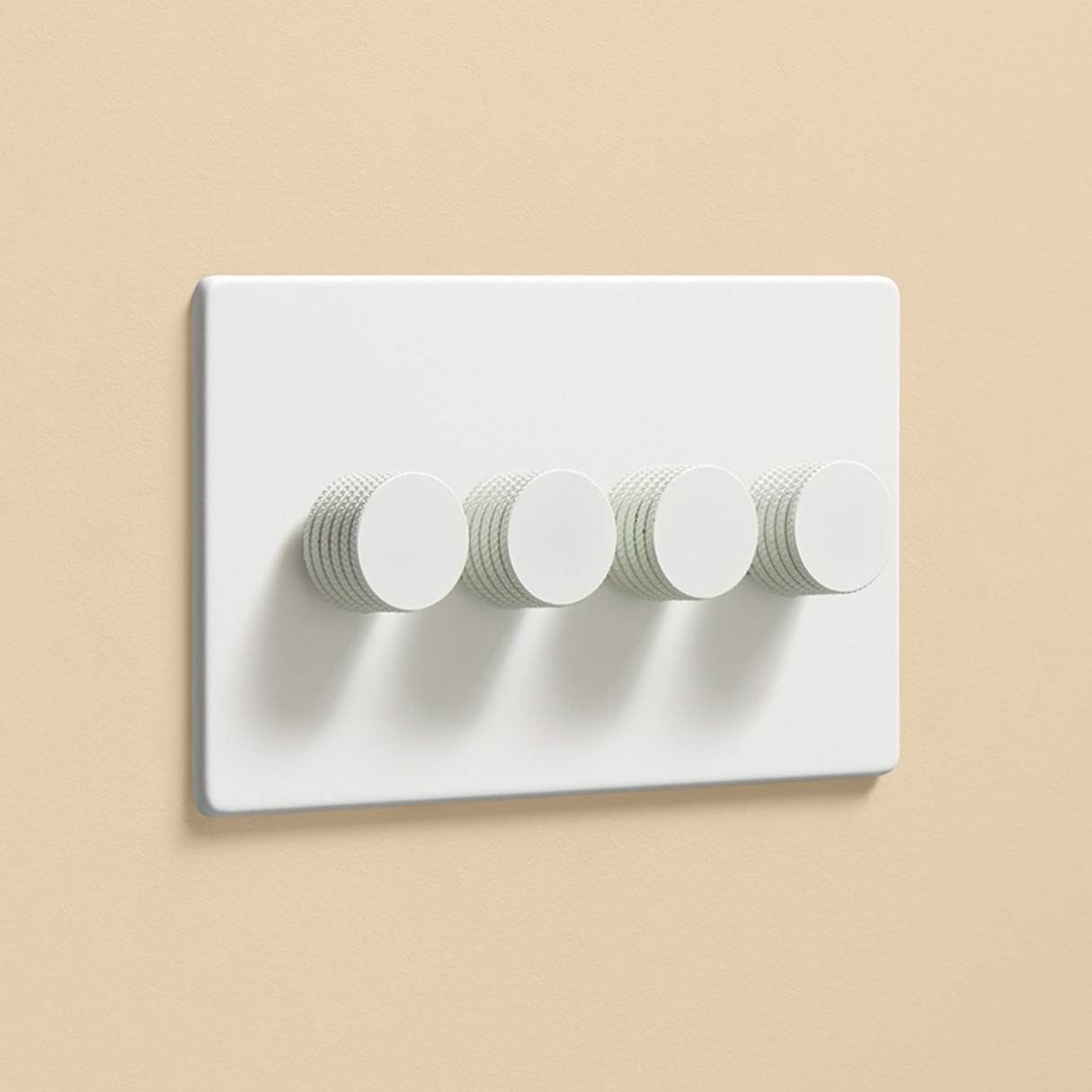
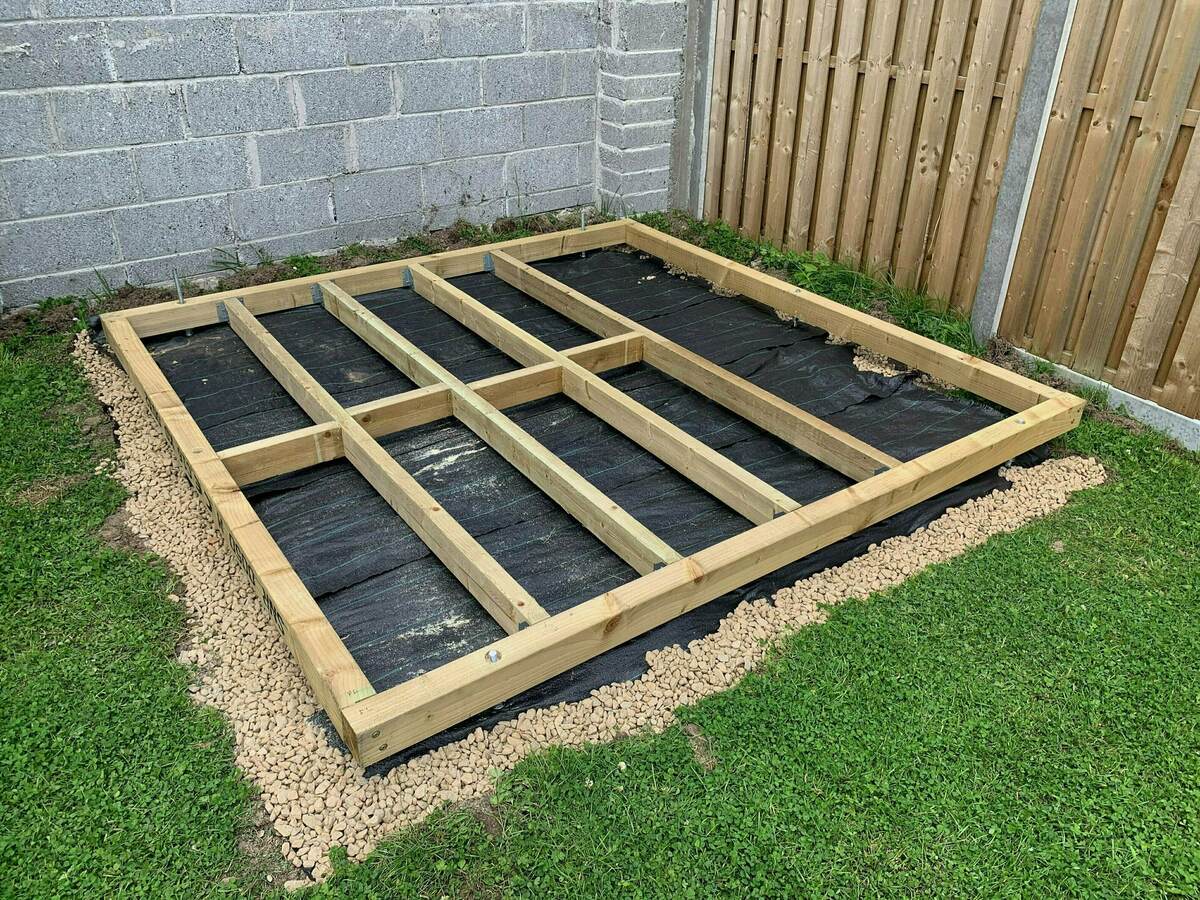
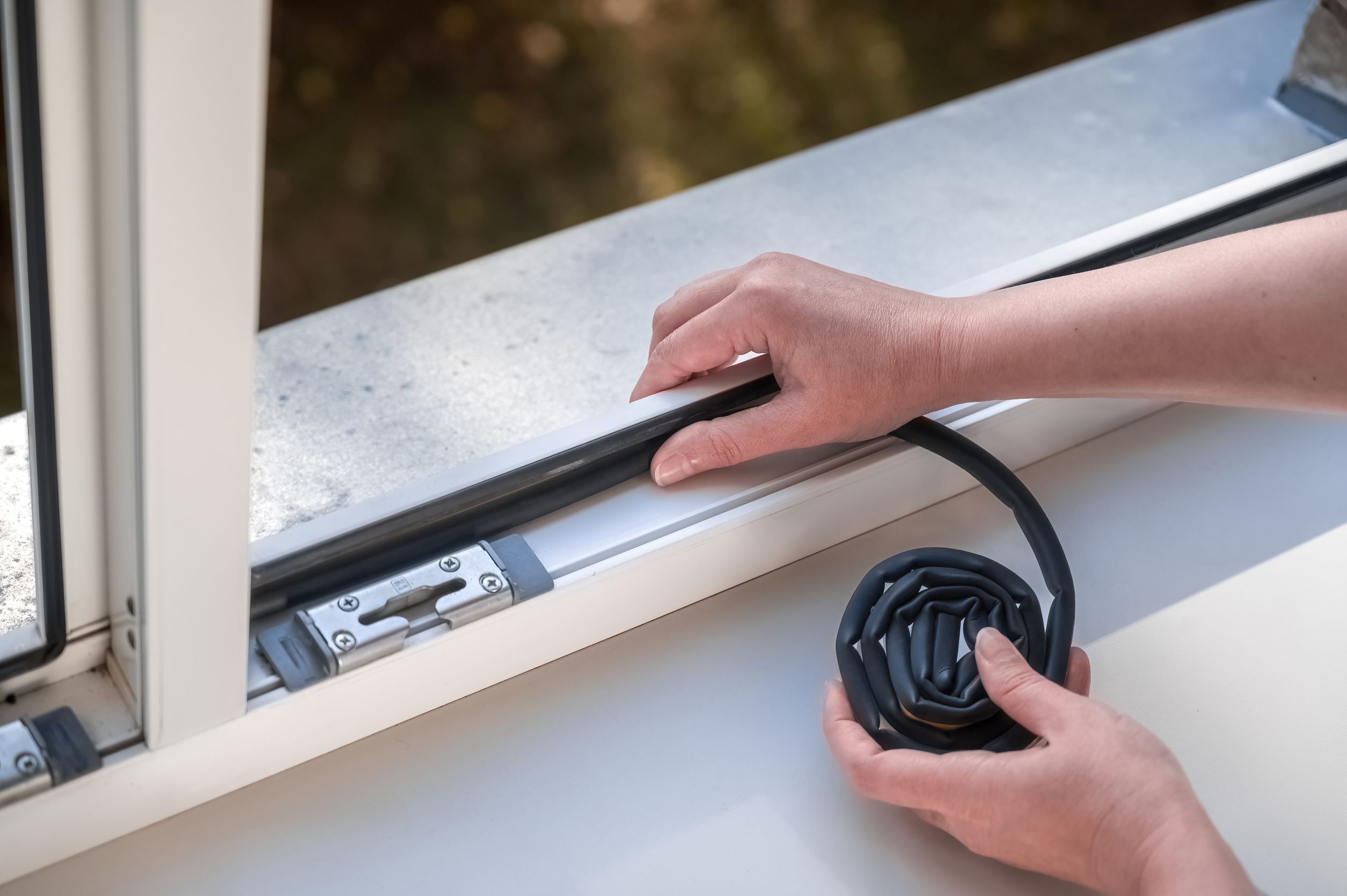
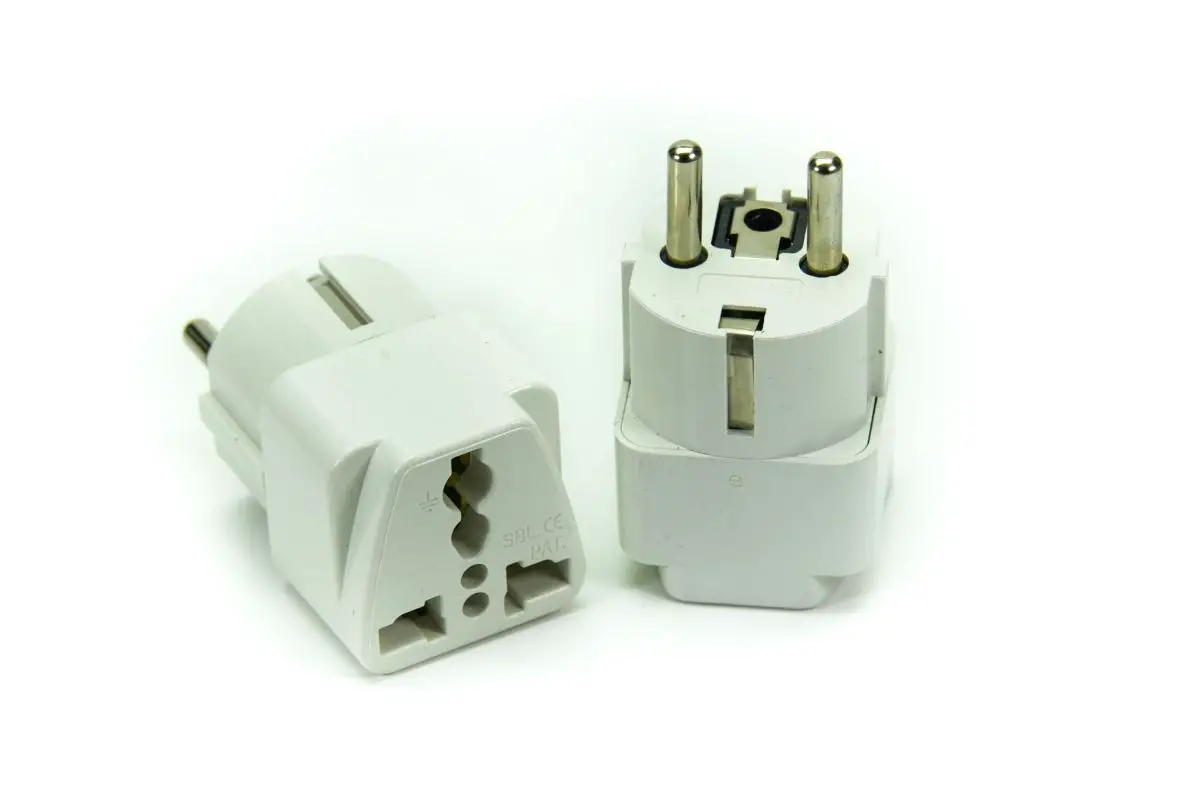

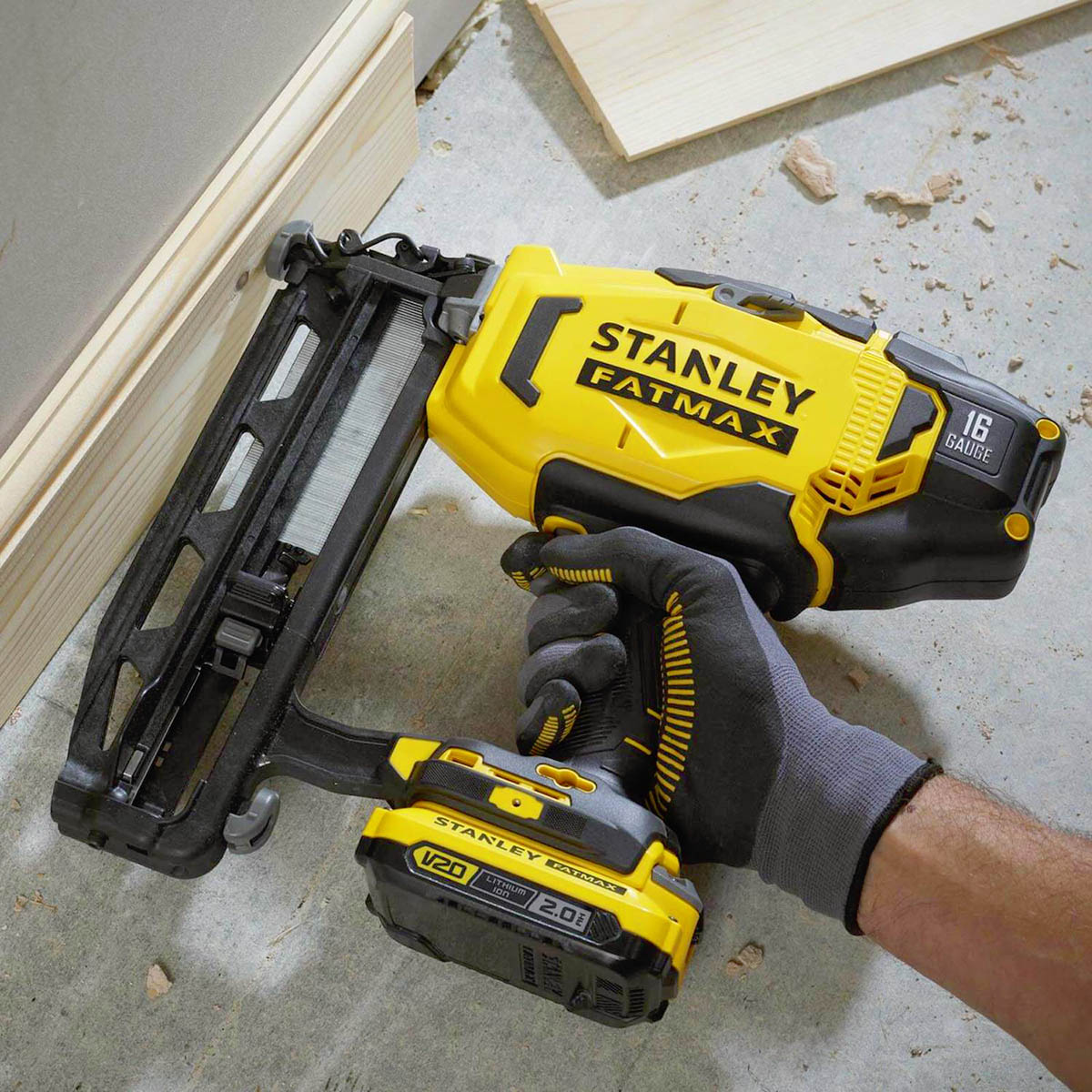
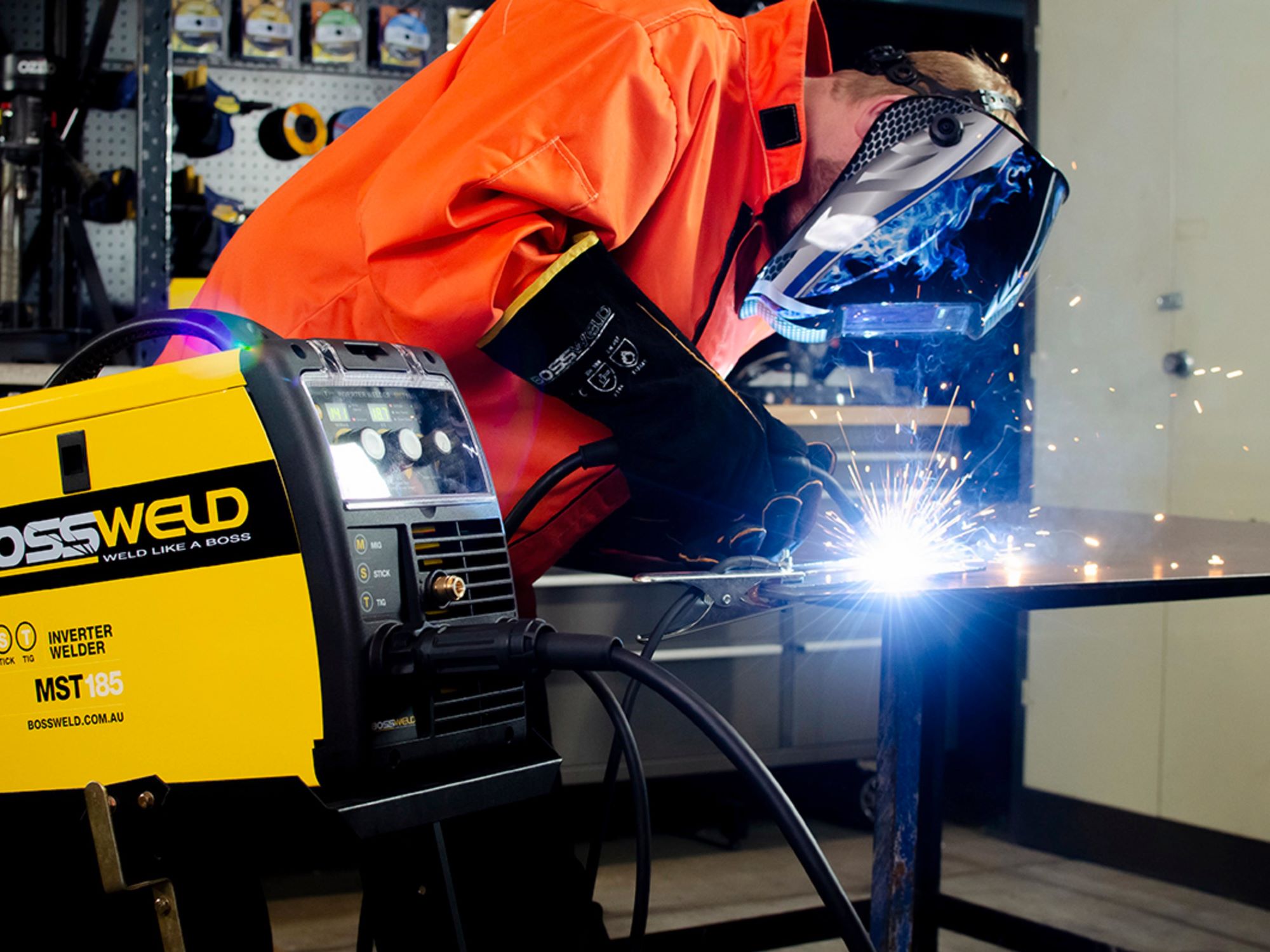



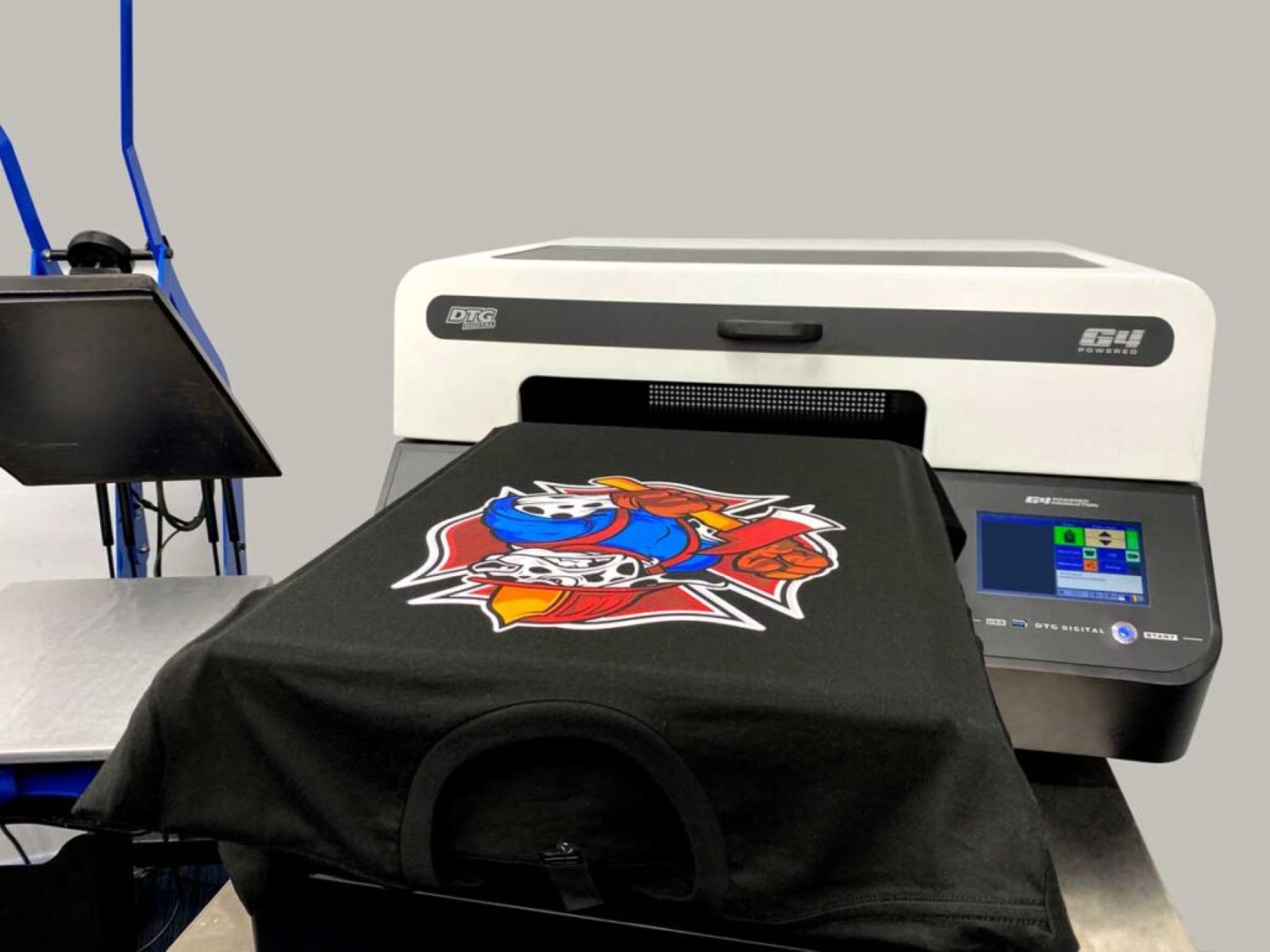

0 thoughts on “What Kind Of Clamps Do I Need For Woodworking”